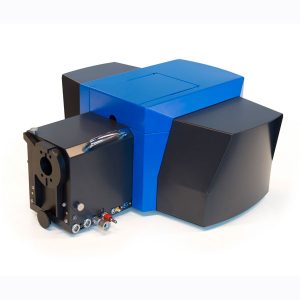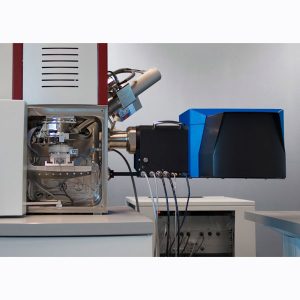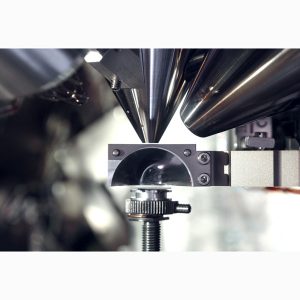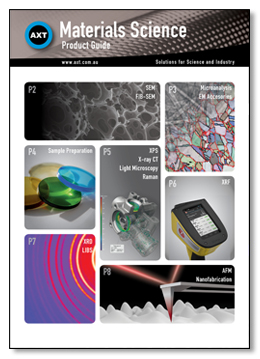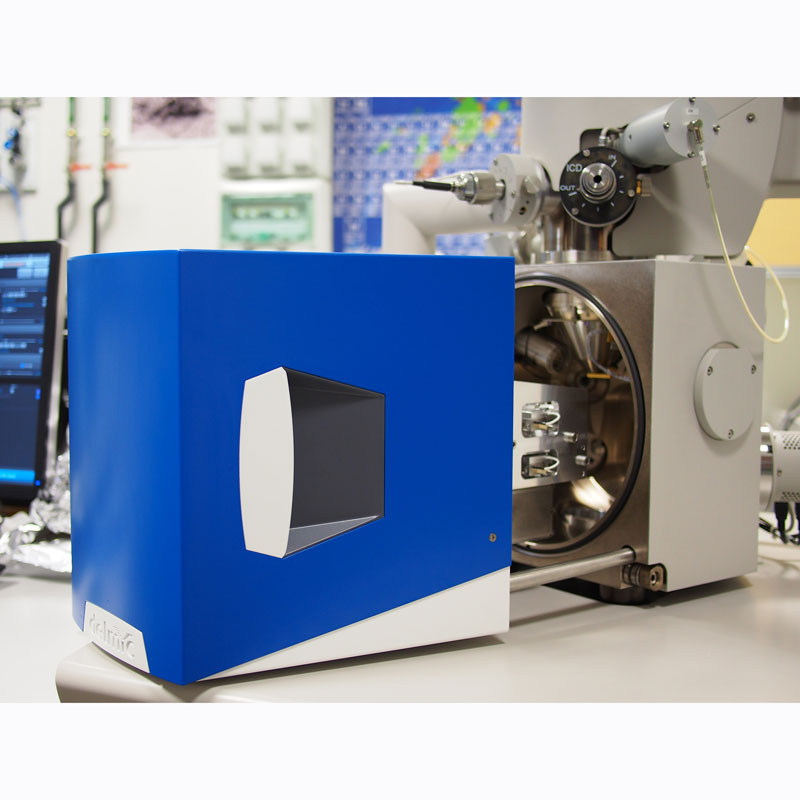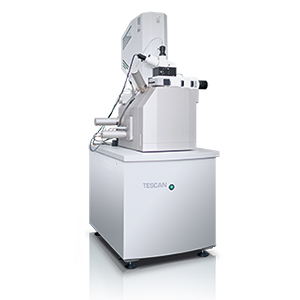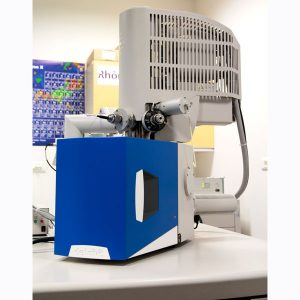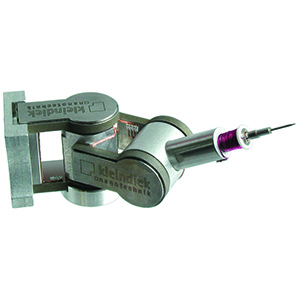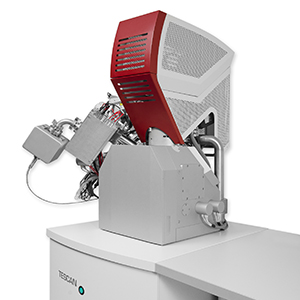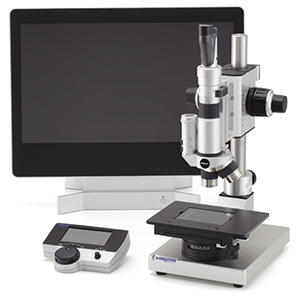SPARC Correlative Cathodoluminescence and Scanning Electron Microscopy SEM
The SPARC platform from Delmic is a cathodoluminescence system that allows the user to probe nano and microphotonic structures to reveal details that no other system can using a wide range of cathodoluminescence imaging modalities.
It offers sensitivity, control and versatility, unmatched by any other system on the market. Furthermore, SPARCs collection and detection efficiency are also unparalleled.
Key Capabilities
The SPARC correlative cathodoluminescence and scanning electron microscope system from Delmic has two key capabilities:
- Cathodoluminescent imaging spectroscopy with less than 10nm spatial resolution over the entire UV-VIS-IR spectral range
- Angle-resolved spectroscopy of the emitted radiation
Unique Features
Delmic have designed the SPARC system to include a piezoelectrically controlled parabolic mirror alignment sage which enables the user to take quantitative measurements with high collection efficiencies. This technology is not available from any other manufacturer.
Cathodoluminescence Spectroscopy at Deep Subwavelength Spatial Resolution
The tightly focussed electron beam of an SEM acts like a radiating dipole at the electron impact point. The electron beam generates an electric field which excites the photonic modes and resonances of photonic nano and microstructures over the UV-Vis-IR spectral range. A parabolic mirror located between the electron beam column and the sample collects optical radiation from these resonances.
The electron beam can be focussed down to spot sizes of less than 10nm which in turn allows optical spectroscopy at a spatial resolution smalller than 10nm. This equates to levels 50 to 100 times smaller than the optical wavelength.
Spectral Analysis
Spectral analysis is performed on the collected radiation at every electron beam angle enabling a 2-dimensional spectral map of the sample/emission to be plotted. The spectral map is a direct measure of the local density of optical states (LDOS). Using this technique the LDOS can be determined at a spatial resolution of less ten 40nm at any wavelength.
Applications
SPARC has been designed with applications in mind including:
- Semiconductors
- Photonic crystals
- Nanostructures
It can be used to study:
- Metallic materials (plasmonics, Ag, Au, etc)
- Dielectrics (SiO2, Si3N4, TiO2, etc)
- Semiconductors (Si, GaAs, CdTe, etc)
- Micro and nanophotonics
Properties that can be Investigated
SPARC can be used to investigate such things as:
- resonant mode spectra
- modal ?eld distributions
- waveguide modal dispersion
- photonic crystal band structure
- photonic crystal cavity modes
- localization of light
- optical hot spots in nanostructures
- emission from quantum dots
- emission from rare-earth-doped structures
- defects in optical materials
- optical antenna radiation pro?les
- emission pro?les from lasers, LEDs
Annular Measurements Momentum Spectroscopy
The SPARC correlative cathodoluminescence and scanning electron microscope system also comes equipped with an imaging CCD camera for recording the optical beam profile emitted from the mirror. This allows the angle-resolved radiation pattern of the sample to be derived, enabling momentum spectroscopy, or the measurement of the in-plane wave vector of light at every frequency and excitation position. Using this technique the local band structure of periodic and aperiodic structures can be determined with a spatial resolution of less then 10nm.
Perfect Alignment
Efficient detection of the cathodoluminescence signal is strongly dependent on the alignment and sensitivity of the detecection system. The following unique factors have been designed into the SPARC correlative cathodoluminescence and scanning electron microscope system:
- The diamond-turned half-parabolic mirror has a very high collection angle (1.46 ? sr.) and operates without major chromatic and surface aberrations over a large spectral bandwidth.
- A 4-axis piezoelectric precision alignment system is used to align the focus of the collection mirror with the impact position of the electron beam. This is essential to perform quantitative measurements both in standard and angle-resolved CL modes.
- Light that is collected from the sample is coupled to a multimode optical ?bre that efficiently guides it to a spectrometer. This con?guration separates the alignment of the mirror system from the alignment of the spectrometer and ensures a reliable high-yield collection system.
SEM Integration
The SPARC correlative cathodoluminescence and scanning electron microscope platform simply bolts to one of the flanges of the vacuum sample chamber of an SEM. A lightweight optical board is then mounted on the SEM flange. This locates the sample and SPARC optics o the same vibrational platform.
Meanwhile, a titanium precision mirror stage is mounted to the sample stage of the SEM and is completely contained within the vacuum chamber.
The SPARC system has been designed such that it can be retrofitted into almost any SEM system. Furthermore, it can be installed or removed in a matter of minutes using a custom designed flange assembly suited to the specific SEM while the drive system is integrated with the external x-y scan input of the SEM.
Software
Dedicated software enables the collection of large data sets in relatively short time frames. Data sets include two-dimensional radiation maps, angular radiation profiles and other cross cuts through the data.

